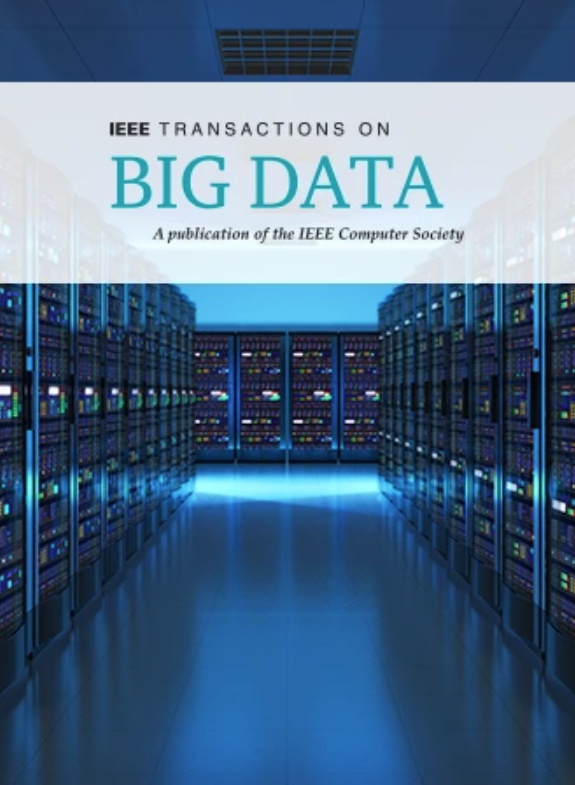基于轻量级矢量量化生成对抗网络的地形场景生成
IF 5.7
3区 计算机科学
Q1 COMPUTER SCIENCE, INFORMATION SYSTEMS
引用次数: 0
摘要
自然地形场景图像在地理学研究和应用中具有重要作用。然而,收集大量的地形场景图像是一个挑战。近年来,在图像生成方面取得了很大的进展。尽管可以取得令人印象深刻的结果,但最先进的方法,例如矢量量化生成对抗网络(VQGAN)的效率仍然令人不满意。VQGAN面临着空间复杂度高和计算量大的问题。为了有效地完成地形场景生成任务,我们首先收集了一个自然地形场景数据集(NTSD),该数据集包含36,672张图像,分为38类。然后,我们提出了一种轻量级的VQGAN (lite -VQGAN),与VQGAN相比,它使用的参数更少,计算复杂度更低。进一步采用轻量级的超分辨率网络,从Lit-VQGAN生成的图像中快速导出高分辨率图像。Lit-VQGAN可以在NTSD上进行培训和测试。据我们所知,无论是NTSD还是Lit-VQGAN之前都没有被利用过实验结果表明,Lit-VQGAN在图像生成任务中比VQGAN更高效。这些有希望的结果应该归功于我们设计的轻量级但有效的网络。本文章由计算机程序翻译,如有差异,请以英文原文为准。
Terrain Scene Generation Using a Lightweight Vector Quantized Generative Adversarial Network
Natural terrain scene images play important roles in the geographical research and application. However, it is challenging to collect a large set of terrain scene images. Recently, great progress has been made in image generation. Although impressive results can be achieved, the efficiency of the state-of-the-art methods, e.g., the Vector Quantized Generative Adversarial Network (VQGAN), is still dissatisfying. The VQGAN confronts two issues, i.e., high space complexity and heavy computational demand. To efficiently fulfill the terrain scene generation task, we first collect a Natural Terrain Scene Data Set (NTSD), which contains 36,672 images divided into 38 classes. Then we propose a Lightweight VQGAN (Lit-VQGAN), which uses the fewer parameters and has the lower computational complexity, compared with the VQGAN. A lightweight super-resolution network is further adopted, to speedily derive a high-resolution image from the image that the Lit-VQGAN generates. The Lit-VQGAN can be trained and tested on the NTSD. To our knowledge, either the NTSD or the Lit-VQGAN has not been exploited before.1 Experimental results show that the Lit-VQGAN is more efficient and effective than the VQGAN for the image generation task. These promising results should be due to the lightweight yet effective networks that we design.
求助全文
通过发布文献求助,成功后即可免费获取论文全文。
去求助
来源期刊

IEEE Transactions on Big Data
Multiple-
CiteScore
11.80
自引率
2.80%
发文量
114
期刊介绍:
The IEEE Transactions on Big Data publishes peer-reviewed articles focusing on big data. These articles present innovative research ideas and application results across disciplines, including novel theories, algorithms, and applications. Research areas cover a wide range, such as big data analytics, visualization, curation, management, semantics, infrastructure, standards, performance analysis, intelligence extraction, scientific discovery, security, privacy, and legal issues specific to big data. The journal also prioritizes applications of big data in fields generating massive datasets.
 求助内容:
求助内容: 应助结果提醒方式:
应助结果提醒方式:


